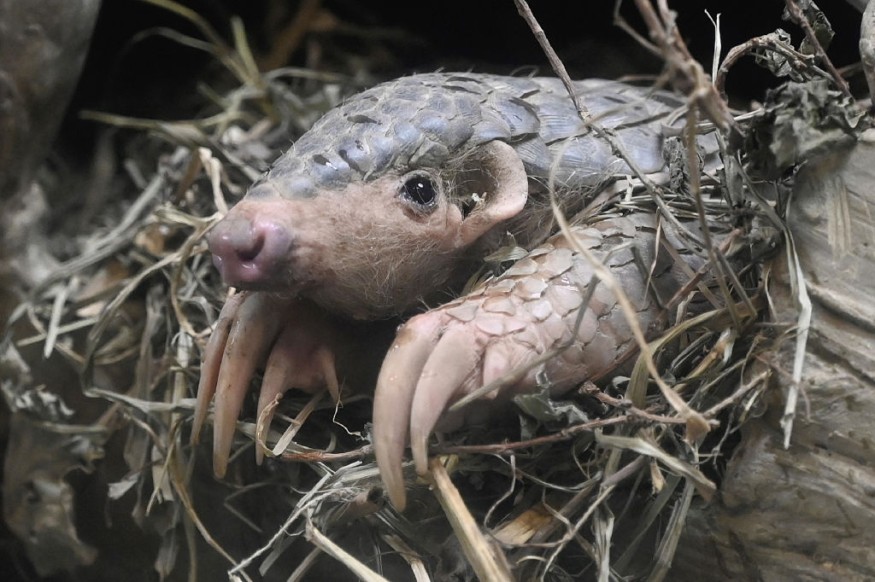Pangolins are solitary animals known for their full armor of scales. They are mostly found in Asia and Africa, but a recent discovery of a pangolin fossil suggests that they could have also inhabited Europe before.
Researchers from the University of Arkansas found a single bone that they believe came from a pangolin that lived during the Pleistocene era in Europe. They consider it a significant find since the fossil record for pangolins is extremely scarce.

Youngest Pangolin Fossil Ever Found
In the study titled "The Youngest Pangolin (Mammalia, Pholidota) From Europe," published in the Journal of Vertebrate Paleontology, researchers described the pangolin fossil they found in Grăunceanu, Romania in eastern Europe. The study confirms the presence of pangolins in the continent.
According to International Business Times, pangolins were believed to have lived in Europe during the early Pleistocene era and disappeared from the fossil record of the continent in the middle Miocene when they moved to tropical and sub-tropical parts of the world.
The sites where scientists found the pangolin fossil is abundant in other prehistoric fossils. It was discovered in the 1960s due to a landslide that revealed fossils of various species, including a short-necked giraffe, large terrestrial monkey, rhinos, and saber-toothed cats.
Researchers said that the pangolin fossil is estimated to be about 1.9 to 2.2 million years old, the youngest pangolin fossil ever discovered from Europe. The fossils now add to the collection of pangolin fossils in the record that will hopefully help scientists learn more about the evolution of pangolins.
ALSO READ : Eating Pangolin Meat in China for Health and Sexual Benefits No More? Scales Pulled Out From Medicine List
New Species of Pangolin
According to the university's press release via Arkansas Research News, the pangolin fossil found is not only the youngest fossil of a pangolin but could also be a new species. It contradicts and potentially revises previous understanding of pangolin evolution and biogeography.
Researchers named the new species Smutsia olteniensis, which shares several traits that can only be seen in the living members of the genus Smutsia found in Africa.
Today, pangolins are living in various areas across Asia and Africa. These animals were often referred to as scaly anteaters that somewhat look like armadillos that live in the southern regions of the United States. However, they are also sometimes mistaken as reptiles despite being mammals due to their full-body armor of scales.
Also, they are one of the most illegally trafficked animals in the world. The World Wildlife Fund said that there are currently eight pangolin species in Asia and Africa ranging from being "vulnerable" to "critically endangered" species.
The researchers wrote that the pangolin fossil demonstrates that Smutsia species had a far larger biogeographic range. Based on the reconstruction of the site where they found the fossil, the pangolins 2 million years ago lived in grasslands and woodlands, which is an unusual habitat for most of the species.
Check out more news and information on Pangolin in Science Times.










